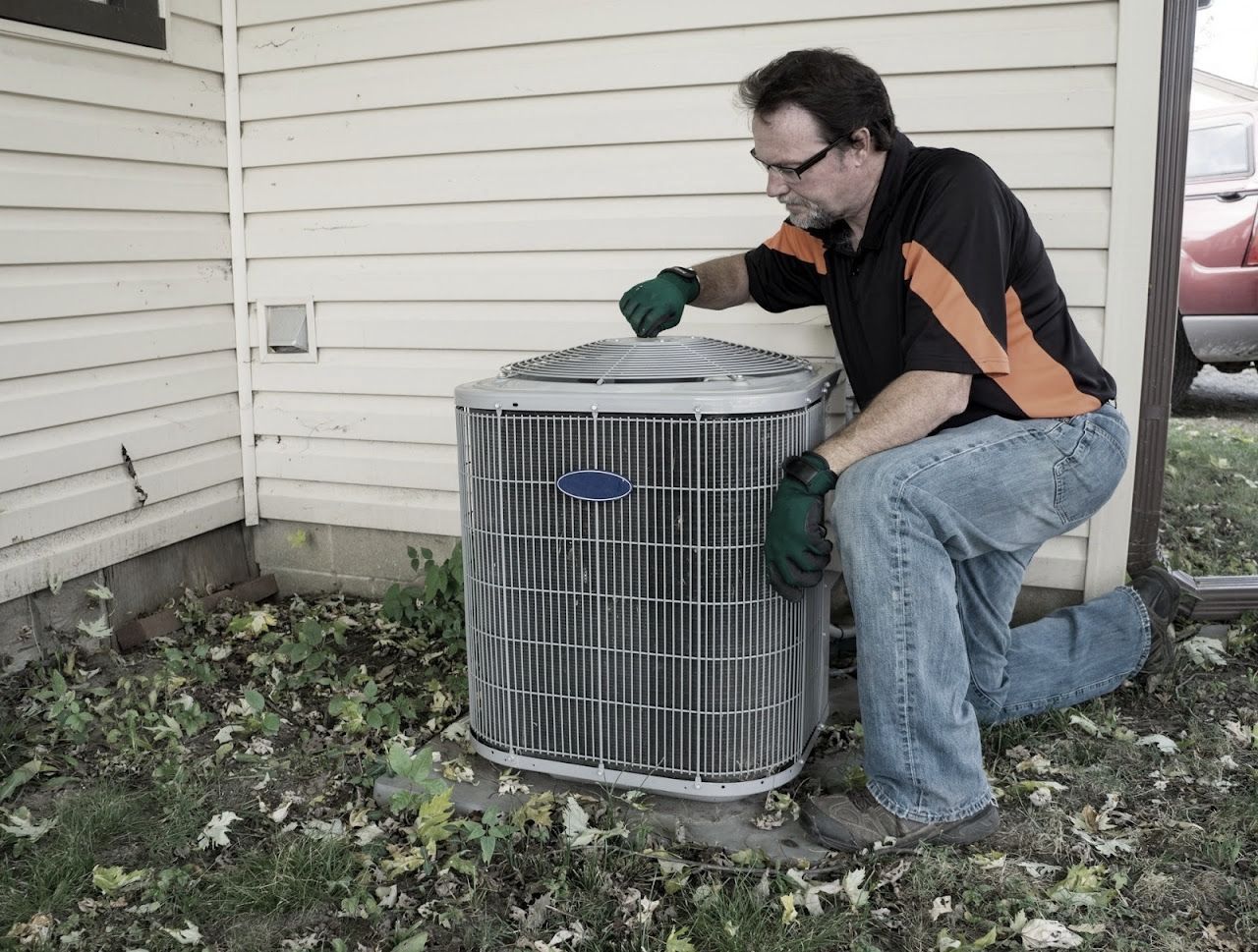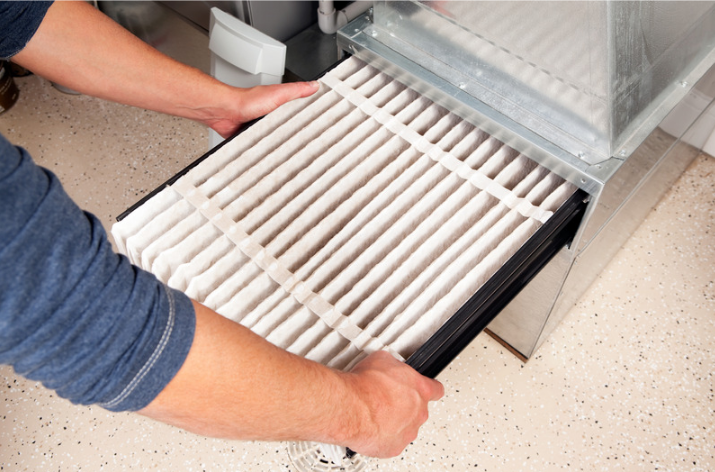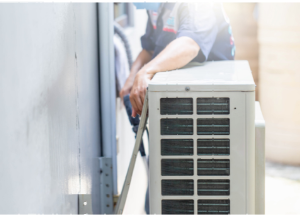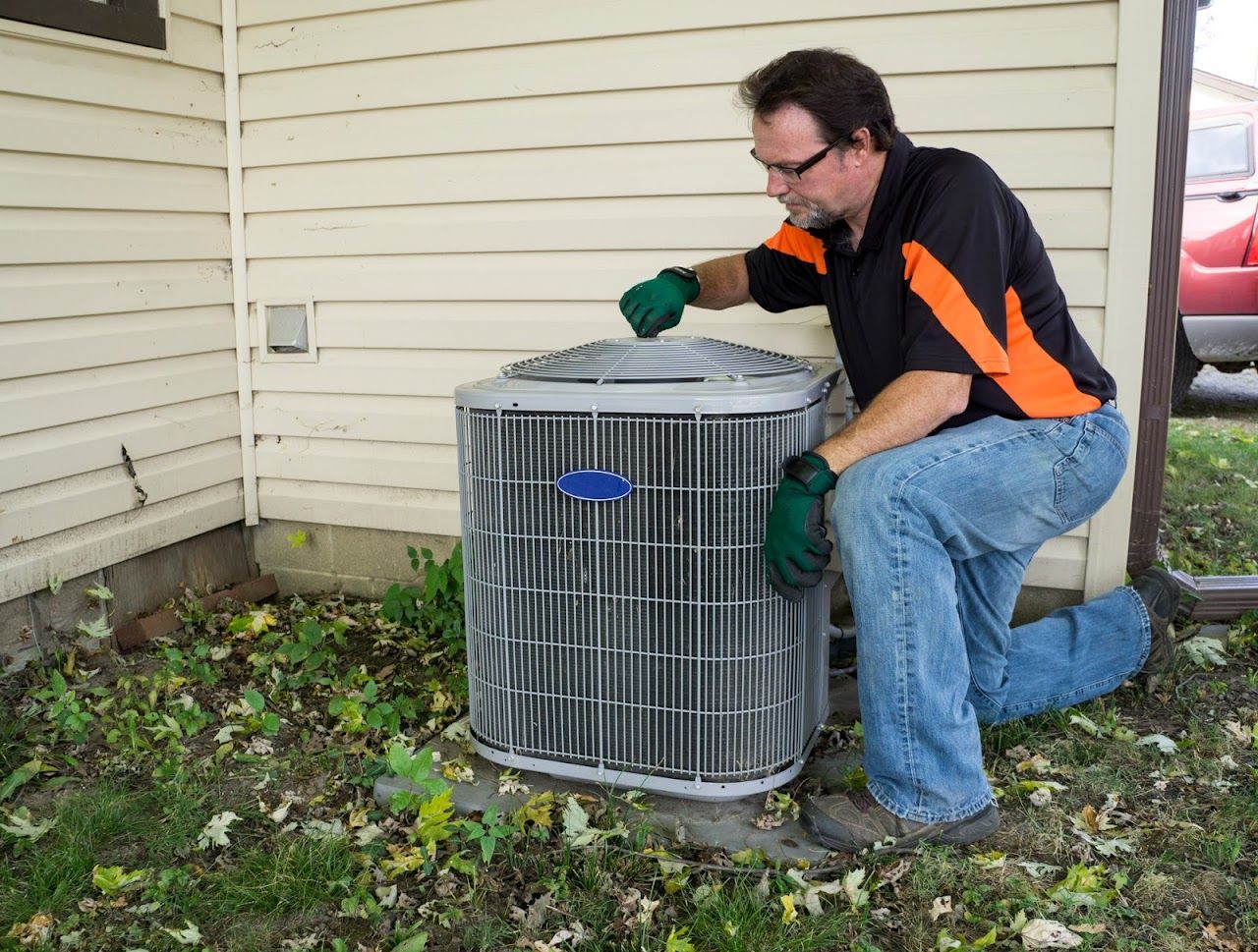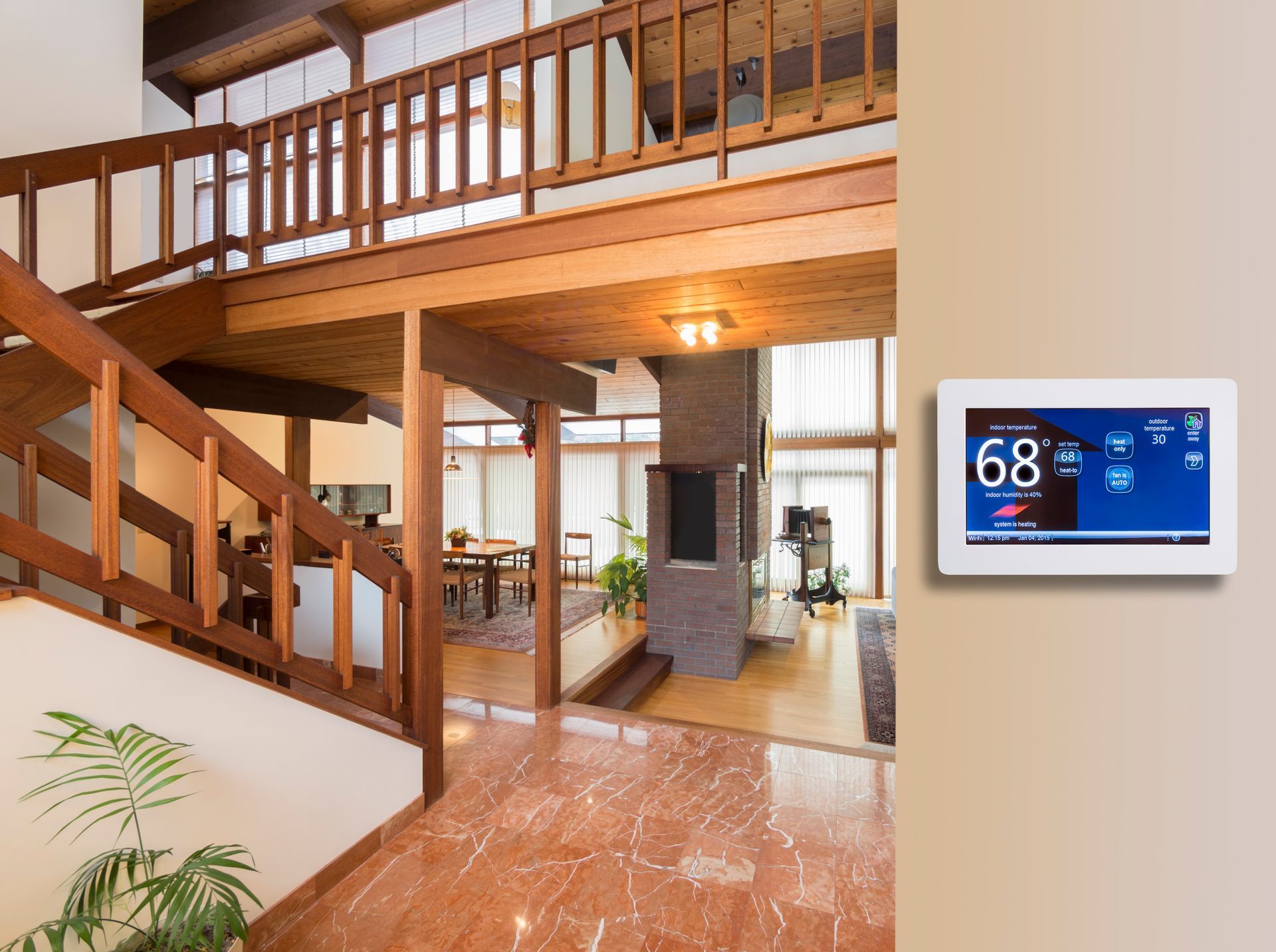When Your Furnace Is About to Break Down
During the warm summer months, many homeowners do not use their heating systems. The furnace goes unused for months, making it difficult to identify any underlying issues before the fall season.
Such furnace problems can often catch you by surprise. You'd have to spend a lot of money to fix them, not to mention how much money you could waste without realizing it.
Luckily, furnace issues often present clear signs that you can catch if you know what to look for. Learn more about the most common signs of trouble your furnace might have to help you quickly find solutions.
1. Flame Color
If you have a gas-powered furnace, the color of the burner flame is a good way to tell if your unit is healthy. Typically, the flame may burn with a clean, bluish color. But if you notice a flickering yellow flame, the furnace may have a problem that needs attention. Some furnaces have tiny peepholes from which you can inspect the flame.
A yellow flame could be a sign of incomplete gas combustion. If natural gas doesn't burn completely, the carbon inside doesn't fully oxidize to form carbon dioxide. Instead, what comes off is the toxic carbon monoxide gas.
Unfortunately, carbon monoxide poisoning is a major health hazard that you shouldn't take lightly. Watch for the following signs that could further indicate the presence of carbon monoxide in your home:
- Soot deposits around the furnace components
- Rust formation along the vent pipes
- Visible condensation on other surfaces near the furnace (windows, doors, etc.)
Remember that carbon monoxide gas has no taste, smell, or color. You might not even be aware of its presence until it's too late. But you can install a carbon monoxide detector in your home to help you stay ahead of any dangerous consequences. Regular inspections can also ensure that you identify carbon monoxide before you experience any devastating effects.
2. Surprisingly High Heating Bills
Oftentimes, an aging furnace may not be as efficient as it once was. It may need to work harder to produce the heat you need. You're likely to notice a sharp increase in your heating bill even without any obvious changes in the outside temperatures.
You can schedule a system tune-up to help your unit get back on its feet. But sometimes, repairs cannot entirely fix the problem, especially with an aging unit. Your HVAC contractor may advise you to replace your old furnace with a high-efficiency unit instead. A high-efficiency furnace uses less fuel than traditional units, which can help you save a lot of money in the long run.
3. Bursts of Cold Air
Since you rely on your furnace for heat during the cold months, you may have reason to worry if your unit doesn't supply enough heat or produces cold air instead. In some cases, you might notice that all the rooms in your home feel cold. Other times, you might stumble upon several cold spots across the rooms.
A furnace that blows cold air may have a bad motor that prevents your heating system from producing enough heat. The motor pushes warm air through the vents to every part of your home. If the motor malfunctions, your furnace may struggle to heat the entire house.
Luckily, poor heating is among the most obvious signs of a faulty furnace. Ask your HVAC technician to take a look if you're worried about your unit's performance.
Individually, these signs might not be enough to warrant a complete system replacement. But if you identify a combination of symptoms, talk to experienced HVAC experts like
Any Season Heating & Air Conditioning for more information on what you need to do to get your system up to speed.
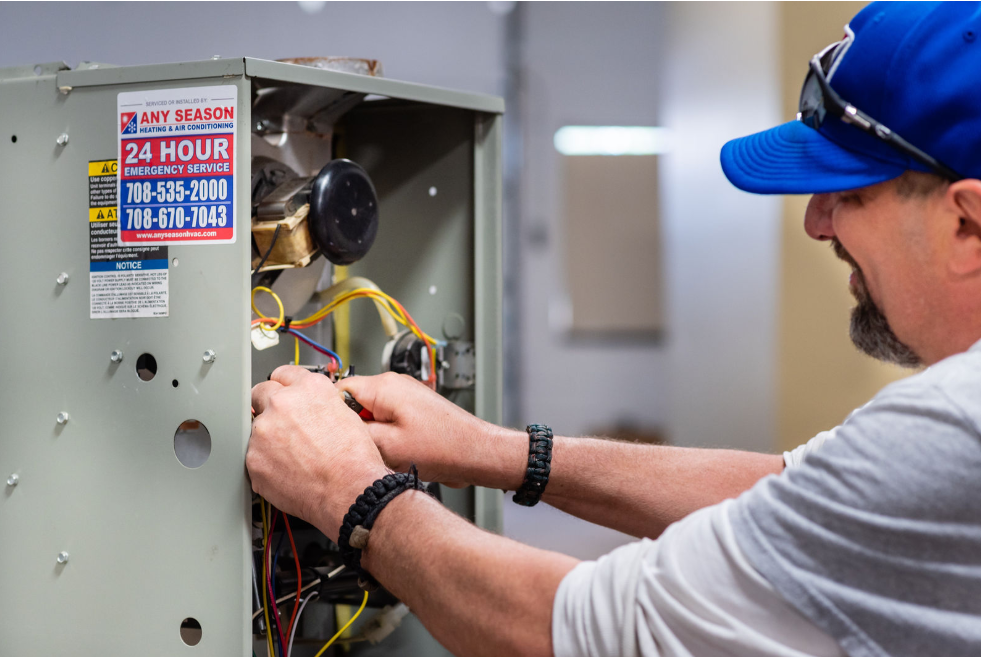

Request A Free Estimate
We will get back to you as soon as possible.
Please try again later.
PHONE: (708)-928-8714 | EMAIL: info@anyseasonhvac.com
7239 Duvan Dr. Tinley Park, IL 60477
24/7 Service






Images provided on this website are for personal, non-commercial use. Republication, retransmission, or reproduction of such images is strictly prohibited.


